Picture a schematic drawing for, say, a downtown revitalization project. You’d see bustling businesses, new bike lanes, colorful signs, and rows and rows of identical trees.
As an arborist, horticulturist, and landscape architect I’ve given a great deal of thought to plant diversity over my career, and this practice of only planting a single species is something that has always bothered me. I call this condition we landscape architects suffer from Simple Single Species Syndrome Sickness, or S5. Since Andre Le Notre laid out the Sun King’s grounds at Versailles in the 16th Century, trees planted in lines induces this syndrome in us landscape architects. It’s as if the last 120 years of ecological thought, research, and observation had not penetrated our profession. What’s so bad about every tree in a row not looking exactly the same as the tree beside it? Why are we landscape architects so obsessed with the look of rows of a single species of tree?
I’ve heard the words “simple and clean,” swollen with pride, used to justify these monocultures. This is design code for “all the same species, all the same size, all the same nursery.” From a design standpoint these tree plantings may be “simple and clean,” but they are also ecologically brittle. The streets of America were once filled with majestic Elms. I have walked some of those streets, and occasionally for as far as I could see in any direction, all the street trees were Elms. Those Elm tree plantings were also “simple and clean,” but now they are just “dead and gone.” At this moment in North America, Ash trees are undergoing a similar annihilation by Emerald Ash Borer and are being cut down by the tens of thousands. I have come to see this S5 approach as a kind of willful design indulgence.
Yes, monocultures can be beautiful, but they can also be tiresome and repetitious. I’ve walked down some of the most photogenic allées of single species trees, like Le Notre’s Versailles and the Washington DC Mall. The tallest and most impressive allée I’ve ever seen and walked was an avenue of 150 foot tall Coastal Redwoods in Scotland’s Benmore Botanic Gardens. I’ve also walked what may be the Western World’s oldest surviving allée of shade trees: 500+ year old European Plane Trees (Platanus orientalis) planted on the grounds of Cardinal de Medici’s Palace in Rome.
All of these single species allées, avenues, rows, and boulevards of trees were beautiful to look at from a distance, but I find them uncomfortable to walk. Not in the sense of tired uncomfortable, but as in boring uncomfortable. The lone exceptions were the avenue of Coastal Redwoods and the ancient European Plane Trees in Cardinal de Medici’s gardens. All of those trees were at least six feeth in girth and the Plane Trees were hollowed out by age. When trees are this large or this old, they develop a very strong individual character, which I find irresistibly compelling. Hence, I stopped and looked at each individual tree. They were all the same species, but visually they were a polyculture.
However on all those other famous avenues of trees, no matter how often I have told myself to enjoy the journey, I have had instead had the nagging thought, “when will I get to the end of this row of trees?” Internally, it’s been professionally embarrassing. I have always loved trees, and I’ve been a landscape architect and horticulturist for almost 30 years, an arborist for over 20 years. I’m supposed to swoon in these places, yet I don’t.
When I walk through orchards with row upon row of the same apple trees, I get that same interminable and oppressive feeling that I get walking on those single species tree avenues. Where’s the beauty in endless rows of the same species? Because when it’s up close and personal, I don’t see it.
Occasionally, I’ve been in small non-commercial orchards that are organized quite differently. There are still rows of trees, but here three or four apple trees, followed by three pear trees, followed by a few cherries, plums, and hazelnuts, etc. In these types of orchards, there’s a surprise up ahead every few seconds. I find these interesting and provocative places. Thanks to the Australians, these type of orchards have come to be known as perennial polycultures.
Because I have written this blog from a design view point I have decided to use lots of pictures to illustrate my point: that rows and groves of trees with very different species and genera can be exceptionally beautiful.
Industrial scale, single tree species, modern commercial orchards (such as those growing apples, pecans, and almonds) are huge – they are measured in square miles, not acres. For these commercial orchards to produce their fruit, tools like ground water powered rotary irrigation and helicopters with spray rigs to apply pesticides are necessary. Afflictions like Apple Scab are common. They are what happens to monocultures of apple trees if they are not sprayed with chemicals several times during a fruit bearing season.
Orchards can, of course, be places of great diversity. The range of colors and shapes in such a small land area is very beautiful. These are places not designed by landscape architects, but that is not the point. The purpose of this type of orchard (called a perennial polyculture) is to reduce insect infestation risk and supply a large range of fruits and nuts to eat for the long term. I think that most would agree that these non-designed and designed tree polycultures are stunning in their beauty. They are also resilient.
The history of botanic gardens has something to teach us about the beautiful effect species diversity creates, too. Originally, botanic gardens were places where trees had to be useful if they were to be grown, thus fruit and nut trees were most common. With the return of the first English plant explorers, the father and son Tradescants, botanic gardens had a new prime directive: collect and plant as complete a catalog of trees from around the world that could potentially survive in that climate. You can tell from these botanic garden pictures that there are many tree types, artfully arranged: conifers, palms, broadleaf evergreen, and broadleaf deciduous. Most of these places were designed by landscape architects and they are quite stunning, but that is not the point. The point is that the mission of botanic gardens forced designers to blend together tree polycultures, and they did so beautifully.
The Bay South Gardens on Singapore’s waterfront is one of the best examples of what I’m advocating. It is a tour de force of tree diversity and design (thank the designers, Grant Associates). The SuperTrees are spectacularly astonishing in an earth shattering way, inspired by Irwin’s Getty Trees and Blanc’s Living Walls. I would so like to see 150 foot diverse living SuperTrees getting large chunks of the planning budgets, and the soil and water to rival their steel counterparts in height and canopy.
I have a professional colleague in Texas – MM. MM is an arborist, not a landscape architect. Twenty years ago, at the Mayor’s request, MM led an Arbor Day planting of many thousands of trees at the entrance to a large, brand new airport. The Arbor Day planting had several genera and many species represented.
One day on the way to the airport, MM and I drove past the Arbor Day planting, and he told me how he selected this diverse assemblage of tree genera and species. The criteria were simple: pest resistant, thrive in heavy clay silts, look good growing together, very drought resistant, and a wide mix of needle evergreens, broadleaf deciduous, and evergreen trees. This huge arboricultural green screen is now about 30 feet tall and, for me, is the star of this airport’s landscape – robust and reliably green.
So this is my ask: let’s have allées, avenues, boulevards, and groves of richly diverse tree species in our cities that are complimentary in shape, form and color. These can be urban tree plantings equipped to face the ecological and climatological realities of the 21st Century. We can and must do better or we too, like the Chestnuts, Elms and Ash before us, will be displaced and replaced – and designing landscape scale rows of trees will, unhappily, be assigned to others.
This is part one in a series about species diversity in the urban forest.
Part two: The high cost of urban monocultures
Peter MacDonagh, FASLA is the Director of Science + Design at The Kestrel Design Group.
/ CC BY-NC-ND 2.0 | gigi_nyc / CC BY-NC-ND 2.0 | max east / CC BY-NC-ND 2.0 | Barbara Eckstein / CC BY-NC-ND 2.0 | Stanley Zimny / CC BY-NC 2.0 | KegRiver / CC BY-NC-ND 2.0 | elaine / CC BY-NC-ND 2.0 | Nora / CC BY-NC-ND 2.0 | Christopher Yardin / CC BY-NC 2.0 | Stew Stryker / CC BY-NC-ND 2.0

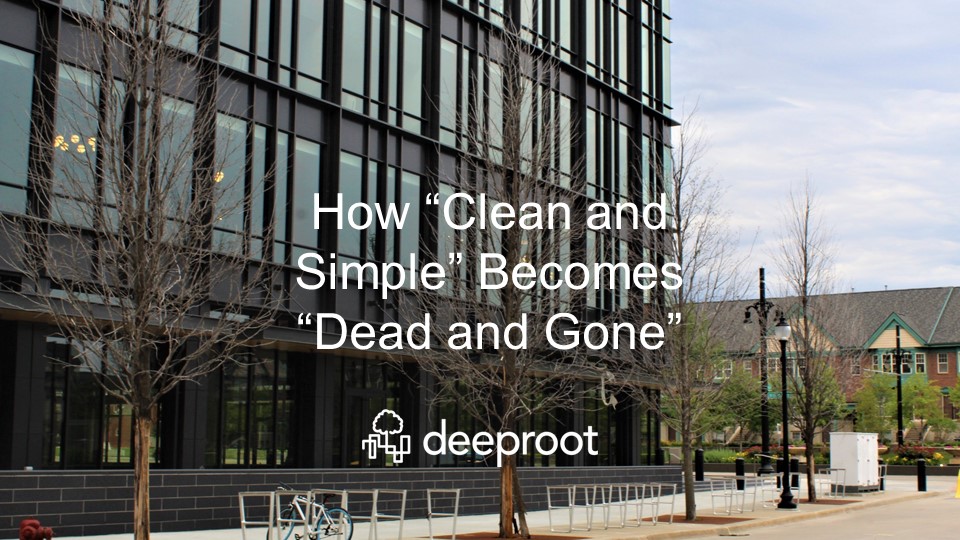
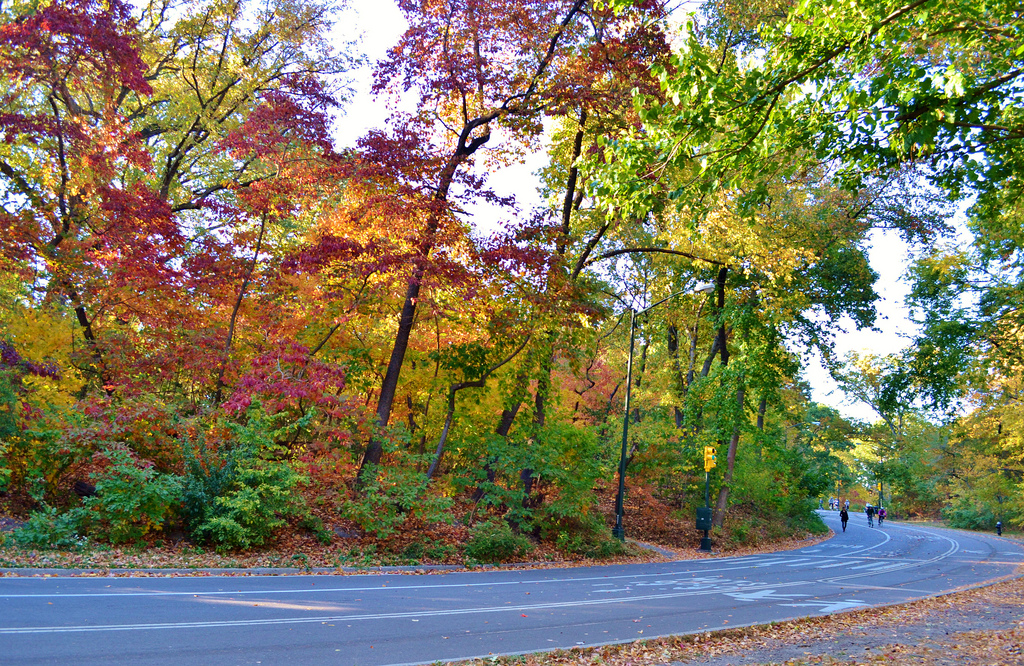
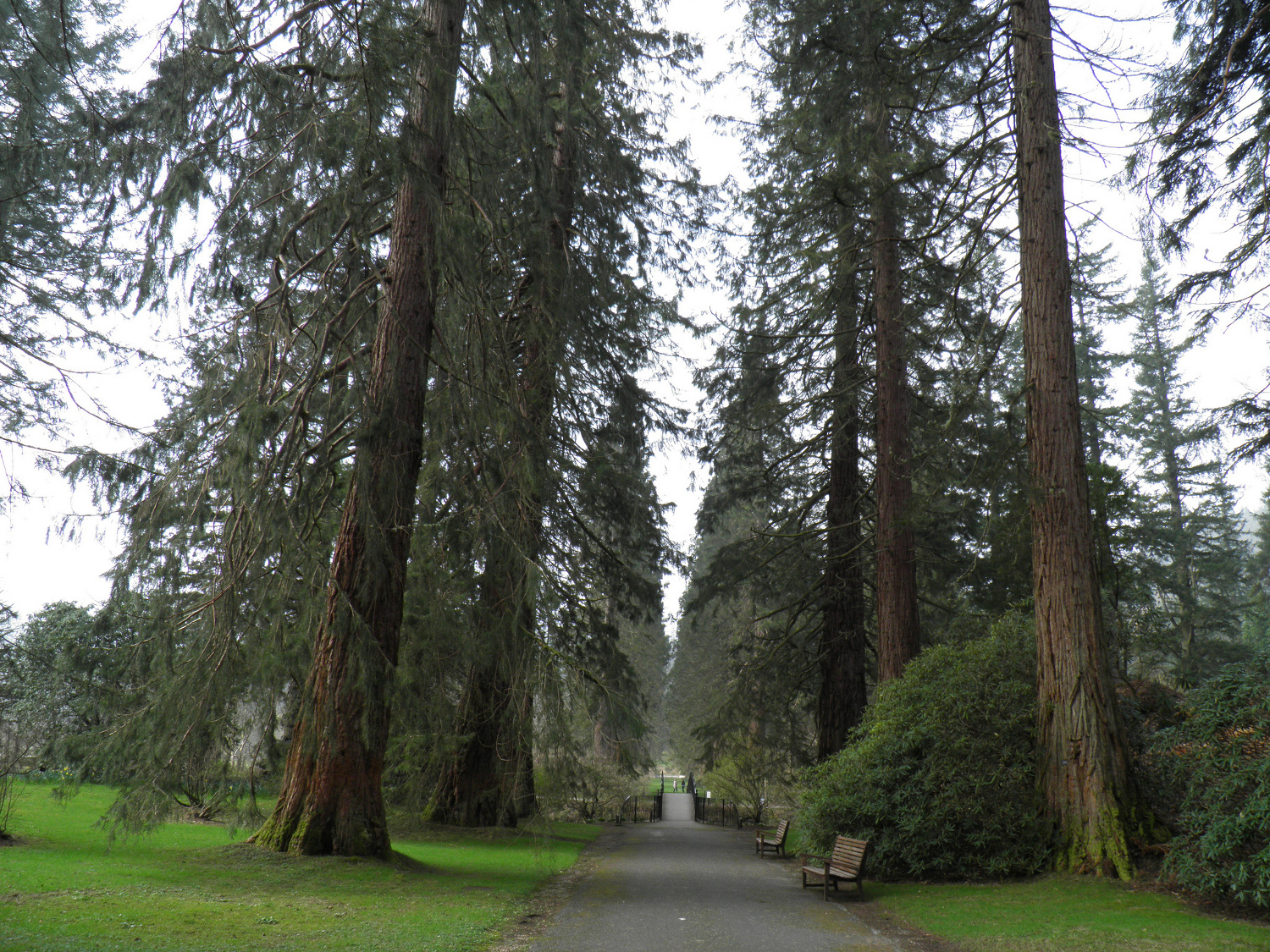
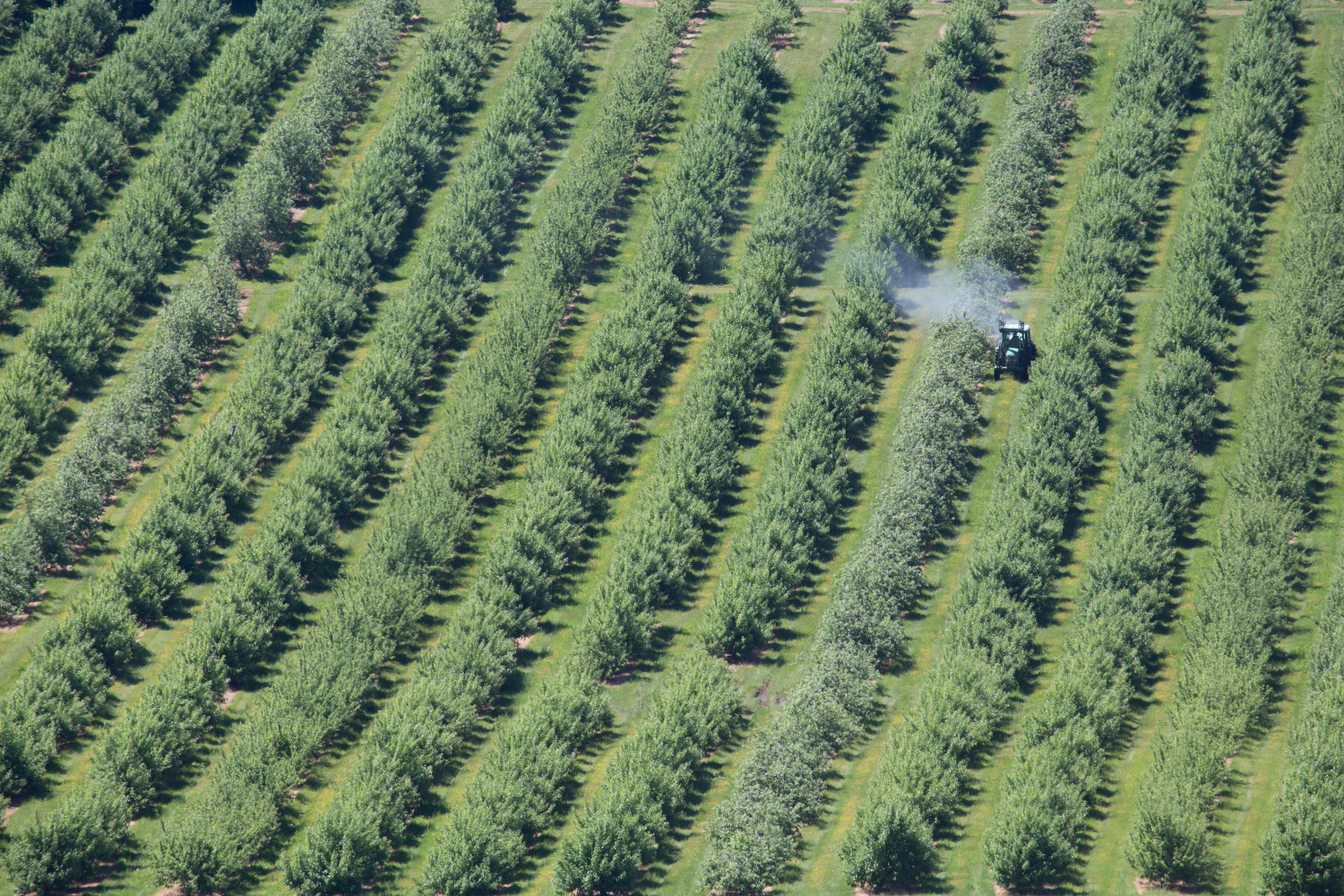
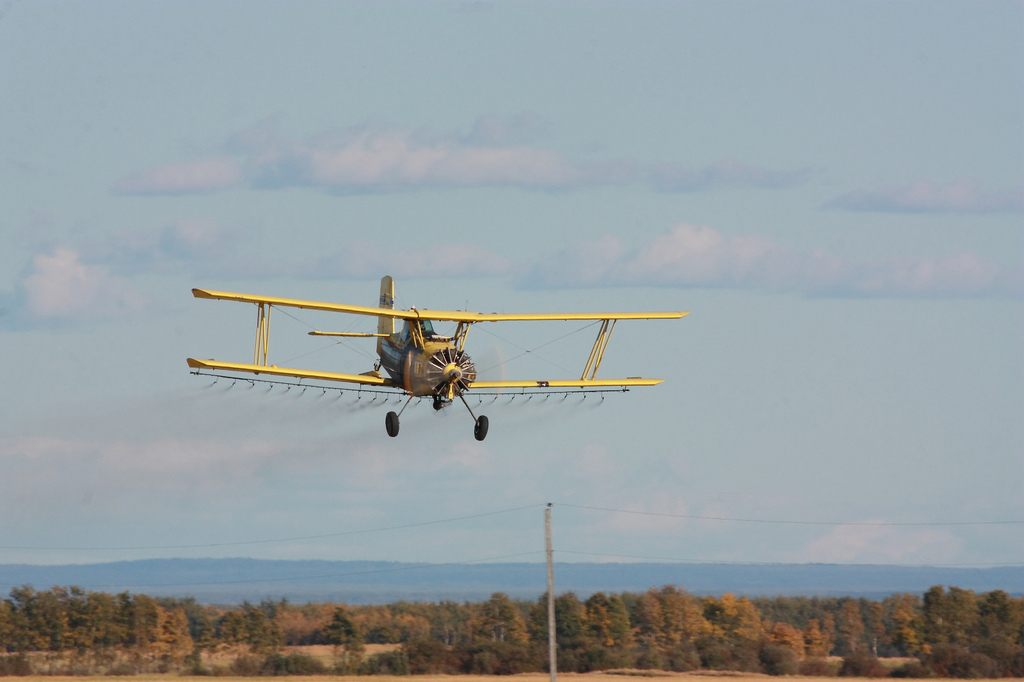
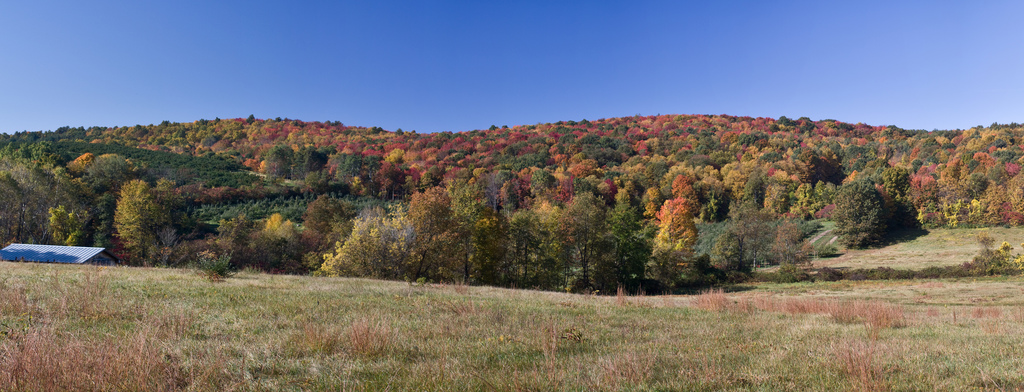
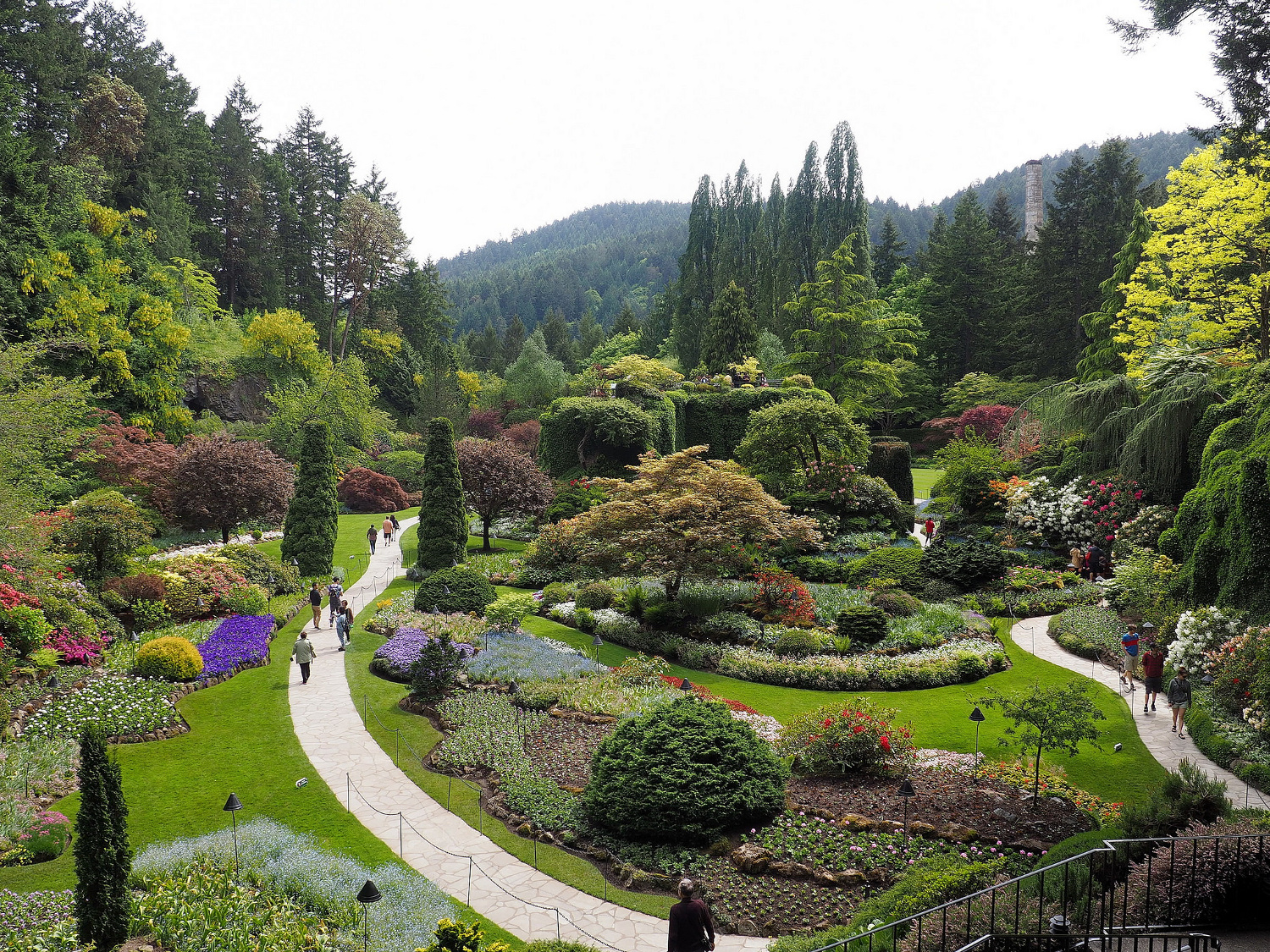
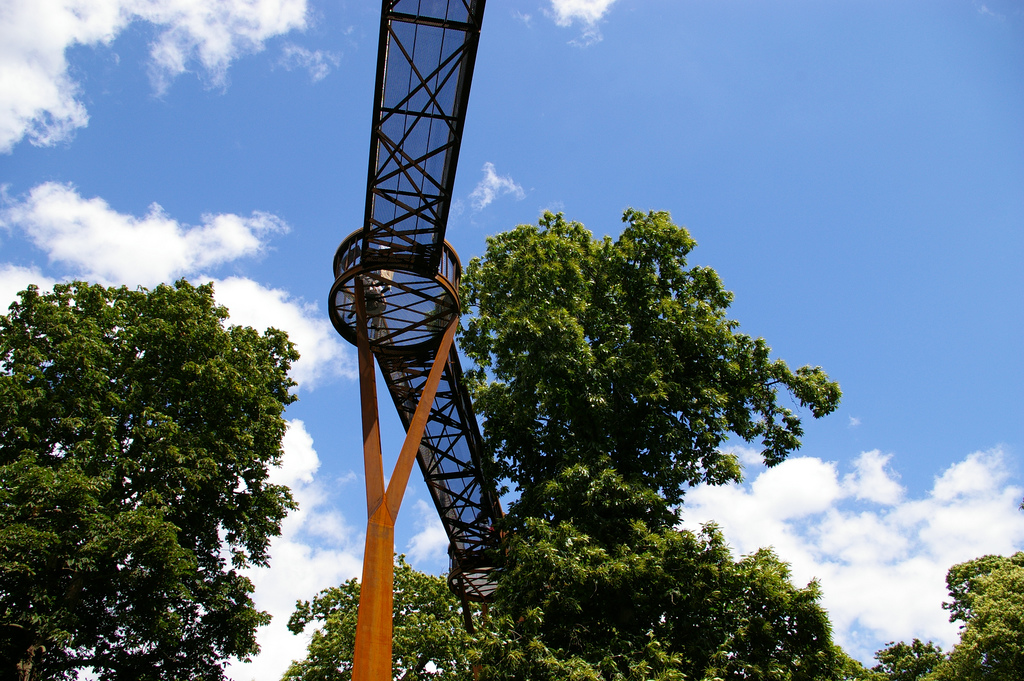
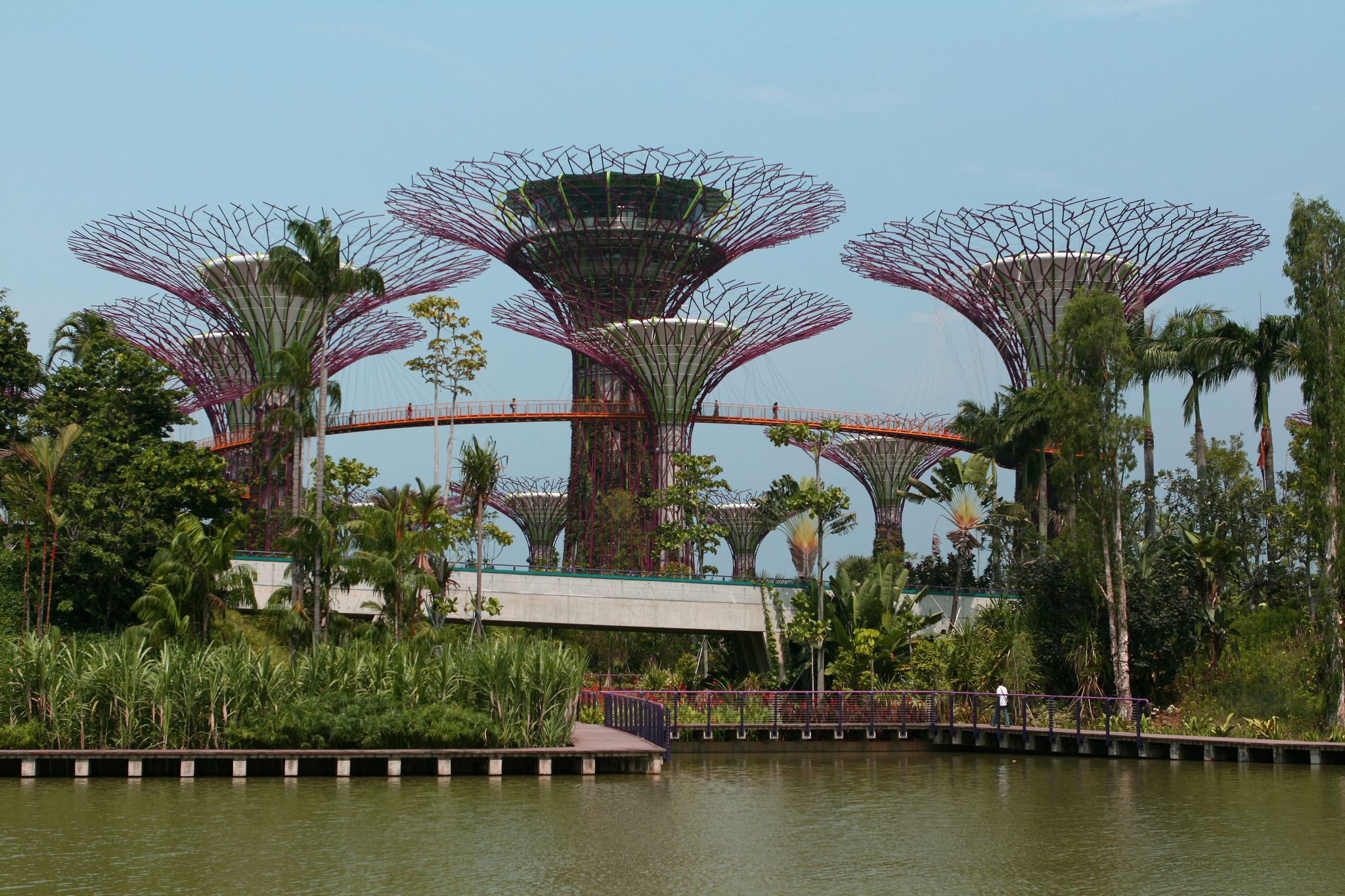




Ok….if you don’t like single species street trees, then please post some photos of over-the-top amazing mixed species street tree plantings. I have taken hundreds of photos of great street tree streets and none of them have a highly diverse species blend. I
think a street can be really good (but never great) when this diversity card is played. The important thing in making a
street pleasant & comfortable is to have the shade, spatial separation and rhythm of trunks that any tree provides. With
that in mind, it really does not matter if the trees are matching or not. But if we want to take the aesthetics of the street
up to a premier level, we need to make that street a single species. This is important because the bark/branching/leaf
color & texture all match and work together to simplify the look of the street.
A neighborhood street tree plan should be developed. This will ensure that the entire neighborhood is being designed
with species diversity. In a neighborhood where all the streets kinda look the same, having many different single species
streets will give each of them their own feel. Imagine how different a sycamore street would feel compared to a maple
street. Most visitors to the neighborhood would be able to sense a different character to each street.
One argument against single species streets is that when one species gets attacked, then the entire street will lose its
canopy. I say, “so what?” If you developed a neighborhood diversity plan, then you would not be losing a greater
number of trees. Either you lose 50 trees spread out on 20 streets or you lose 50 trees on a single street. I would argue
that there is cost savings in removing them on only one street. And in the end, you have a naked street ready for a new
planting of matching trees, while all the other streets are unscathed.
Robert, thanks for your comment. I’ve composed a full response to all the comments thus far to this blog below. Best, Peter.
This is one of the best articles that I have ready in a long, long time! Landscape Architects love the look of a mono-culture row of tree to be of the same shape, same flowering, same mass and same fall color. HOWEVER…as an arborist this situation usually becomes a “Nightmare on Elm Street”! As a City Arborist here in central California I have noticed almost every mono-culture row or mass planting of the same tree eventually becomes a problem and eventually destine for mass removal. We all admired and wanted to emulate an area in Sacramento known as the “fabulous 40’s”. This section of town has particularly large sycamores (more specifically most are London Plane trees) that make a canopy tunnel of green over the streets. There is a large genetic variation, with many seedling trees and mixed with other large elms, zelkova, Deodar Cedars, tulip trees, etc. The look is Fabulous! In emulating this look the City of Folsom decided that we wanted only the best of London Plane trees, so we only allowed the London Plane ‘Bloodgood’ cultivar to be on our approved tree list. I estimate that 10,000 to 20,000 were planted here over the next 2 decades. This was great until one contracted powdery mildew! Now everyone has this crippling leaf disease. Most of the trees get smaller each year rather than growing 3-4′ per year, which is normal.
All new projects are now subject to our tree diversity ratio: If 15-59 tree on a new project: Maximum is 30% of a genus, 20% of a species & 10% of a cultivar. If 60 or more trees on a new project: Maximum 15% of a genus, 10% of a species & 5% of a cultivar.
Ken, thanks for your comment. I’ve composed a full response to all the comments thus far to this blog below. Best, Peter.
Thank you Robert Whitman. Well said. I’m all for polyculture in the parks and open spaces, but streetscapes call for some urban design. The urban environment is more about culture and less about nature.
Ryan, thanks for your comment. I’ve composed a full response to all the comments thus far to this blog below. Best, Peter.
Thanks to the four men that responded to this blog. It’s a lot of fun to get feedback.
So here’s my response….I’m going to make “plain and simple” the historic landscape architecture response to street tree plantings, long rows of the same species. “Dead and gone” will be the ecological diverse response to street tree plantings, long rows of many different genera and species. The 4 responses were split right down the middle: 2 for “plain and simple”, and 2 for “dead and gone”.
This is the part where I could go all “it depends”……..”both proposals have their strengths and weaknesses, both are good viewpoints, blah, blah, etc”……, but I’m not. I am all in on “dead and gone.”
“Plain and simple” has been an unvarnished disaster for the urban forest.
In 110 years, “plain and simple” has led to the removal of millions upon millions of street trees throughout North American cities. All of those trees died before their time. The tree removals alone, under the most conservative estimates, cost well over $1billion. We’ve had 3 human induced tree plagues in the past century using “plain and simple”…….
American Chestnut Blight, Dutch Elm Disease and Emerald Ash Borer. It was these 3 diseases of our gigantic urban tree monocultures that led to millions of trees being removed. Like a child of a dysfunctional broken home, I’m the child of a dysfunctional broken LA home. The Urban Forest is broken and we broke it. So, landscape architects, let’s get with the best available science and solve this!
What does science say? I’ve run a simple back of envelope model using the USFS iTREE program, based on those plague killed city trees. I easily hit $50 billion in lost ecological services in the US alone. Let say, I’m high by 50%, $25 billion is still a huge problem.
It’s safe to say that this primarily landscape architecture authored disaster is not something to be proud of, or even in the interest of professional self preservation, something we shouldn’t quickly and quietly change before other professionals notice and start to make this truth widely known.
If LA’s really want to represent ourselves as the “stewards of the land”
or the practice of “land science and art” or “healing the land” or “the original sustainable professional” profession, then it’s time we seriously looked to science that is inherent in all of those claims.
Holding onto these kind of beliefs…..no matter what the evidence to the contrary, makes them theologies. This paradigm of aesthetic beliefs is unwise, and in my experience, often makes landscape architects the laughingstock of civil engineers, horticulturists, arborists and ecologists. Those other Professionals would happily take away the rapidly developing sustainable portion of our LA profession, as they can see themselves as equal to or more qualified than landscape architects.
When I came to this country over 30 years ago, I couldn’t find a decent perennial garden outside of a botanical garden, certainly nothing like what the Dutch and Allan Bloom were doing. In the mid-1980’s, led by Oehme (a perennial plantsman) and VanSweden (a landscape architect) they took perennials seriously and got extremely creative with their plant combinations. I think everyone can agree that that’s been a very good thing for the LA profession. Why not do the same for trees? Why stick with these old, stodgy, tree monocultures?
Over a 100 years of landscape architecture service has done much good for North American society. I’m proud of the design legacy of Olmsted, Halprin, Sasaki, etc. I’m even more proud of our ecological legacy on the land with Elliot, Jensen, McHarg, Franklin/Sauer and groundbreaking initiatives like SITES and LAF’s Library of precedents.
But, I am not proud of a profession that ignores a century of unequivocal scientific evidence regarding the instability of monocultural populations. Instead of “climate change deniers”, it seems now we are largely a profession of “tree diversity deniers”. Is that what we really want to be known for? Is that a fight worth fighting? Worth risking our professions credibility over? Maybe it’s just me, but I doubt that Olmsted, Jensen or McHarg would’ve approved.
John Ball of SDSU has shown a correlation between disjunct, species rich genera that occur on multiple continents and tree epidemics: Elms – 3 continents; Chestnuts- 3 continents; Ash – 3 continents and perhaps more
scary: Maples – 3 continents; Oaks – 4 continents. Because of this danger, Ball recommends that no city have more than 5% of any genera!
Here’s a challenge, how about we landscape architects, rather than horticulturists, start to experiment with beautiful pairings of visually similar trees that are different at the genus level rather than the species level, e.g. Robinia, Gymnocladus, Gleditsia, Cledastrus, Cercidiphyllum? At the same time, insist to our clients that we plant every tree with the proper amount and quality of growing media, preferably un-compacted loam. Let’s get out of the million tree program merry-go-round, it’s just a numbers and commodity game, a race to the bottom, for the absolute cheapest tree growing and dying in the worst possible hole.
Instead, let’s bring real value to our clients by using evidence to grow a huge, healthy, diverse, long-lived, resilient urban Forest. This is just too good and simple an idea for the health of cities, for us landscape architects to ignore any longer. Tree’s time has come, and not a moment too soon, so it’s “trees to the rescue” and “trees are the answer”. Plant trees RIGHT, not just plant trees in NUMBERS.
I am just now getting to read your response. I still stand by my comment above. Everything you say is correct, and any LA that says that tree monoculture is OK is a fool. On projects where we can only effect a small site, we need to assess neighborhood tree species to see what is overused or underused and choose the latter for our small project to ensure overall neighborhood diversity. Often, we force a single tree species in a parking lot because our design sense tells us to, but that is usually pointless. It’s a parking lot!…and is not a design statement. In that case, be very genus diverse with a goal of maximizing shade, not some great design concept.
But….when we can be a part of a large project or at a municipal level of creating a street tree plan for a city or neighborhood, then we can create a diversity plan in other ways. At the city or neighborhood level, I have found that giving each street or block a species (or your look-alike multi-genus groups idea) helps to ensure diversity at the broad scale. Otherwise, I have found that the site-only diversity method leads to the same 4 tree species used over and over and over (red maple anyone?) which then leads to the overuse of several species when reviewed at the neighborhood scale.
When arborists or horticulturists live and die by their diversity-at-all-cost mentality, they can isolate themselves into their over-focused silo that misses the point of making great places. Thoughtful diversity thru design is the final goal.